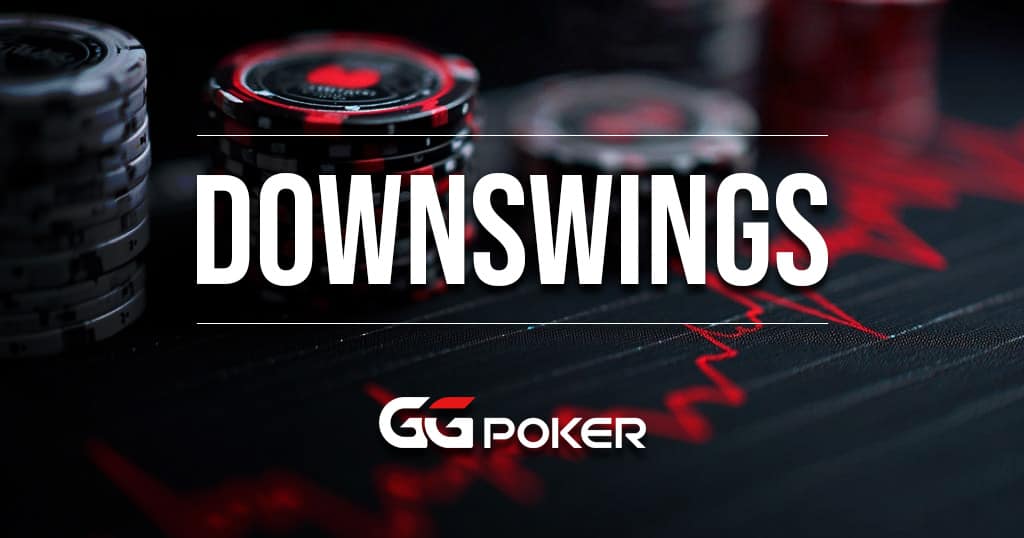The Hijack

Poker, a game deeply rooted in skill, strategy, and a touch of luck underscores the importance of every position at the table, including the often-overlooked “Hijack” seat. This position can significantly influence the dynamics and outcome of a game, making it essential for players to understand and leverage it effectively. Let’s explore the nuances of the Hijack position in poker to better understand why it matters and how it can elevate your game.
What Exactly is the Hijack in Poker?
At a typical nine-handed poker table, each position offers unique strategic benefits and challenges. The Hijack is two seats to the right of the dealer, situated after the Lojack and before the Cutoff. This strategic position is the first spot in what is considered the late positions. This provides the player with leverage as one of the last to act in the pre-flop rounds and often during post-flop play, depending on the table’s betting dynamics.
![]()
The Strategic Significance of the Hijack
The Hijack name hints at its capability to disrupt or ‘hijack’ the flow established by the late positions, specifically the Cutoff and the Button. Being one of the last few to act, the player in the Hijack can afford to play a broader range of hands. This position allows for exerting pressure on those seated in earlier positions, manipulating the pot size before the hand progresses to the more decisive stages.
Playing From the Hijack: Tips and Tactics
When you’re seated in the Hijack position, the way you play can dramatically affect the dynamics of the poker table. Each scenario you encounter demands a specific approach to maximize your potential advantage. Here’s a detailed look at how to navigate these situations:
- Heavy Action Before You
If the players before you are engaging in aggressive betting, signaling strong hands, the safe and strategic move is to fold weaker hands that could get you into trouble. Retaining only premium hands—such as high pocket pairs (like Queens, Kings, or Aces) or high suited connectors (like Ace-King or King-Queen of the same suit)—is advisable.
- Moderate Action
If there’s a single raise from an early or middle position player before it reaches you, it’s an ideal scenario to apply pressure by re-raising (3-betting) with a mix of strong hands and bluff candidates. This move will help assert dominance in the hand and can often lead to winning the pot pre-flop. The bluff candidates could be hands that play well post-flop but aren’t necessarily strong enough to call a raise with, such as suited connectors or lower pocket pairs.
Suppose an early position player raises and you’re next to act with A-Q or 8-8. A re-raise can accomplish two things: it tests the raiser’s hand strength, and it potentially isolates them, giving you the advantage of position in further betting rounds. Even if they call, you have a playable hand with a good chance of improving on the flop.
- No Prior Action
With no previous action, you can afford to open your range and be more aggressive. This is a great time to try and steal the blinds with a wider range of hands. Your raises from the Hijack can include not only strong hands but also medium-strength hands like K-10, Q-J, or even suited hands like A-5, which might not be strong enough to play in an earlier position or facing any action.
If it folds to you and you hold a hand like K-9 suited, you can raise, hoping to take down the blinds without a contest. If the blinds do call, your hand has decent potential in a variety of flop situations, allowing you to continue the aggression post-flop or fold if the flop is unfavorable.
In each of these scenarios, the key from the Hijack is to use the information available—both your cards and the betting action before you—to make the most informed and strategic decision possible. This position offers a blend of opportunity and challenge, requiring a balanced approach to both aggression and caution depending on the table dynamics at play.
Post-Flop Dynamics: When the flop is displayed and you maintain a positional advantage, manage the pot size wisely based on your hand strength and the flop’s texture. Employ tactics like continuation bets and use check-raises effectively against aggressive bets from late positions.
Table Image and Opponent Reading: Your perceived playing style at the table can significantly influence your strategic choices from the Hijack. Adjust your play based on whether you are seen as tight or loose, and read your opponents’ possible hands by their actions before you act.
![]()
Counteracting the Hijack’s Aggression
When playing against a Hijack, it’s crucial to recognize their strategic moves. If the player in the Hijack frequently adopts an aggressive stance, adjust your strategy in the Cutoff, Button, or Blinds to counteract their plays. Consider re-raising to challenge their hand range and reclaim control, particularly when you will act after them in the subsequent betting round.
Why is it Called “The Hijack”?
The term “Hijack” in poker captures the essence of the position’s strategic function, drawing on its historical roots from early 20th-century American English, where it referred to robbing smugglers or bootleggers, particularly those in transit. The term combines “high(way)” with “jacker,” a term for one who holds up. In poker, the Hijack position is similarly opportunistic; situated just before the last positions of the Cutoff and the Button, a player in the Hijack can preemptively disrupt these positions’ plans. By taking aggressive actions, the player in the Hijack can effectively seize control of the hand, much like highwaymen intercepting goods in transit, manipulating the flow of the game, and forcing opponents to alter their strategies.
Conclusion
The Hijack, while not as renowned as the Button or as immediately threatening as the Blinds, stands as a position of significant strategic depth and potential in poker. By mastering how to play from this seat, you not only enhance your overall poker strategy but also significantly boost your chances of controlling the game’s flow and maximizing the inherent opportunities it presents. Remember, in poker, knowledge is power, and fully understanding the potential of each table position is key to becoming a formidable opponent. So, the next time you find yourself in the Hijack, assess the opportunities it presents and leverage them to dominate the game confidently.





